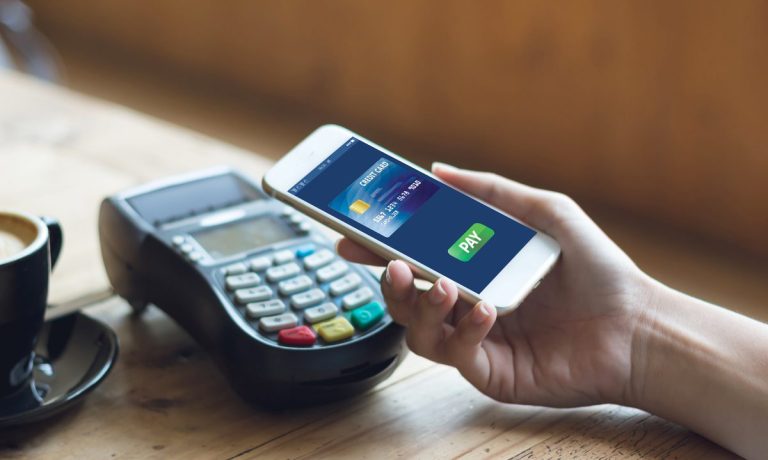
Latin American consumers are steadily gaining access to digital financial services, but many still are flocking to alternative payment tools such as mobile wallets to make online purchases. According to a recent study, nearly 60% of the region’s online purchases were made via mobile device this year, up from 55% of transactions last year.
According to a recent report released by PYMNTS, Latin American consumers are also using alternative mobile wallet tools unconnected to traditional bank accounts or methods such as credit and debit cards, with these tools representing 30% of eCommerce payments in the region.
The report, Global Merchants’ Guide To Latin America, done in collaboration with EBANX, takes a close look at retail and payment developments within Latin America and how global marketplaces and brands can keep pace with such shifts to expand customer engagement and loyalty.
Read the report: Global Merchants’ Guide To Latin America: The Three Things Latin American Consumers Want From An Online Shopping Experience
eCommerce is growing rapidly in Latin America, with recent data projecting digital sales of $160 billion in the region by 2025. This, in conjunction with the pandemic, has led many to try mobile wallets or digital-first banking solutions for the first time, with a recent report showing an 80% increase in financial app installations between 2020 and 2021.
As new players enter the region, however, the Latin American shopping space is becoming more competitive, and attracting regional consumers’ attention is becoming more difficult as people itch to shop in person again. Camilo Riveros, innovation director for Chile, Colombia and Argentina at Dafiti, a Latin American eCommerce merchant for general apparel, told PYMNTS in a recent interview that eCommerce is facing new challenges now because “Latin America is open again.”
“Normal retail [channels] are back in place, and we saw that countries [such as] Chile that were growing a lot in eCommerce now [are] not growing as much because people … want to get out,” Riveros added. “They want to go out and do window shopping and go to a shopping mall.”
Navigating Local Preferences
To succeed, digital merchants need to monitor the development of digital shopping and payment preferences in each of Latin America’s countries and markets rather than think of the region as a homogeneous landscape. Many Latin American consumers are holding onto their established local payment preferences, which lean heavily on cash vouchers and transfers, primarily because many consumers lack access to conventional banking.
Dafiti offers cash on delivery for purchases in Colombia, for example, Riveros told PYMNTS, as cash on delivery remains one of the most popular forms of payment there, even with the expansion of financial and digital access. At one point, cash on delivery accounted for 60% of Dafiti’s transactions in the country.
See also: Dafiti: How eCommerce Players Can Gain the Loyalty, Trust of Latin American Consumers
“Economies [such as] Colombia and Peru are still very much [informal] economies,” Riveros said. “So, they depend on cash a lot, [and] that might become a barrier for people to ac- tually use eCommerce because … they are not part of the digital world.”
This can make navigating the region’s nascent online payments ecosystem challenging, though Latin American consumers are becoming more willing to experiment with emerging digital payment methods. Brazil and Mexico, for example, are now two of the top 10 markets for instant payment globally.